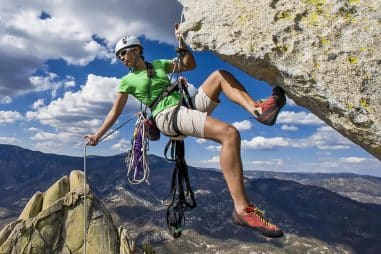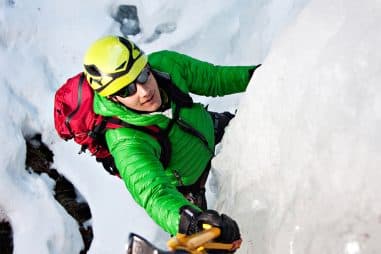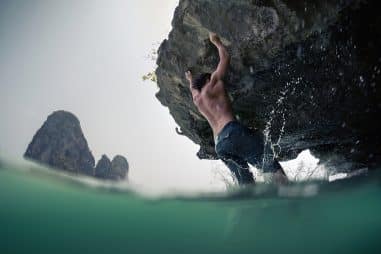
Climbing & Rappelling


How Do You Rappel Safely (Even if You Are a Beginner)?

How Does Speed Climbing Work (and How Fast Can a Person Climb)?

How Do I Start Trad Climbing (and What Rack Do I Need)?

Is Ice Climbing Dangerous (and How Do I Get Into It)?

What is Free Soloing in Climbing (and How Dangerous is It)?

What Skills Do You Need for Abseiling (and How Do You Abseil Safely)?

How Does Sport Climbing Work (And What Equipment Do I Need)?

Is Top Roping Safe (and What Climbing Gear Do I Need)?

